It’s 2024, and the growing demand for green buildings shows no signs of slowing down. Going green isn’t just a fad—it’s essential in every building. Homebuyers and property owners are now more committed to creating healthier living spaces and reducing their environmental impact and energy consumption. As real estate agents, your job is to stay in the know. Here, I’ve compiled a list of green building trends—old and new—that you’ll see more of this year.
1. Net-zero Buildings
Net-zero, or zero-energy, buildings are designed to use renewable technologies that generate enough energy to fulfill their annual consumption requirements. Their increasing presence on real estate charts shows they are shaping today’s market. Homebuyers are now prioritizing sustainability and energy efficiency in their property investments.
Renewable Energy Integration
Renewable energy integration is as popular as ever this year. Technologies such as solar panels, geothermal systems, and wind turbines are used in building designs to reduce reliance on regular power sources. Although it might be expensive initially, it will benefit your clients with long-term cost savings. Promoting renewable energy to your clients will be easy. According to the National Association of Realtors (NAR), 34% of Realtors reported that properties with solar panels increased their perceived property value.
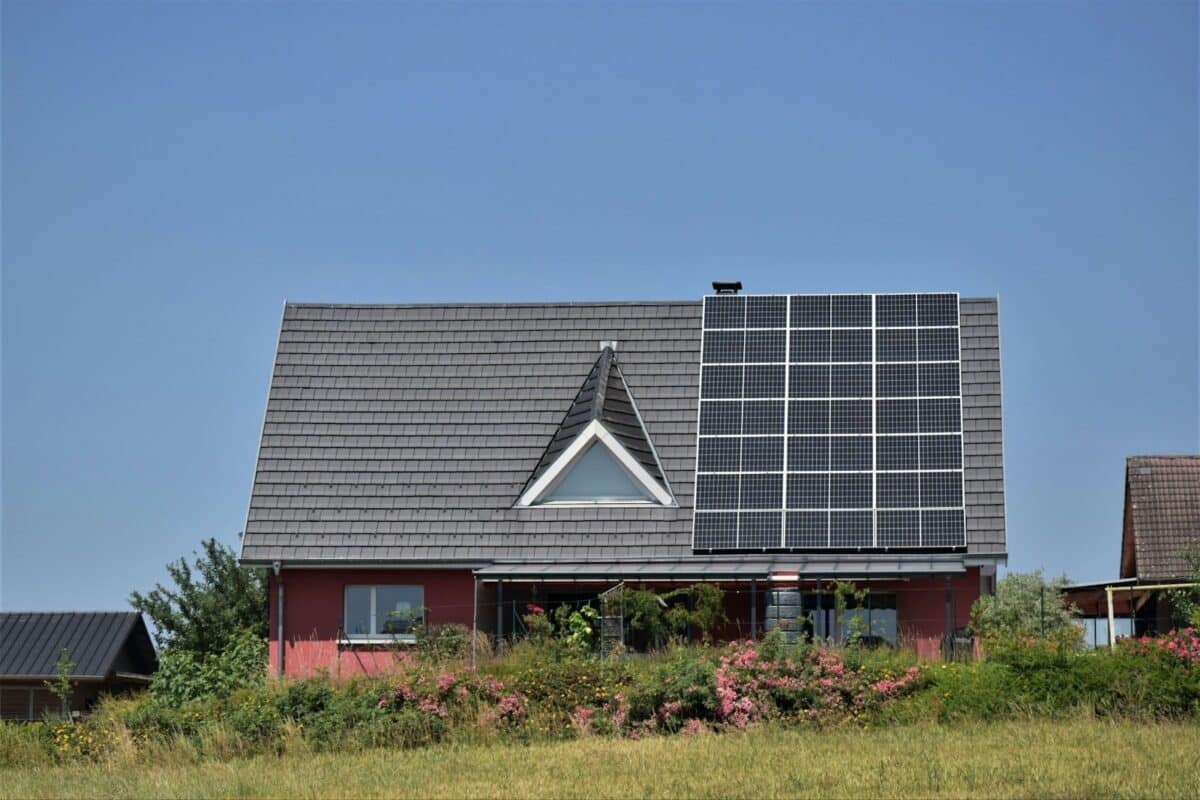
As agents, you can enhance your services by educating homeowners about the benefits of integrating renewable energy solutions into various home styles.
Green Roofs
Green roofs, where seasonally adaptable plants are grown on a building’s roof, have a high return on investment. They help regulate indoor temperatures by insulating the roof, reducing the energy needed for heating or cooling. Green roofs also offer neighbors a pleasant view and serve a dual purpose as a place to grow vegetables or herbs in urban areas. Potential clients from cities with limited greenery especially love green roofs because they bring nature into urban environments.
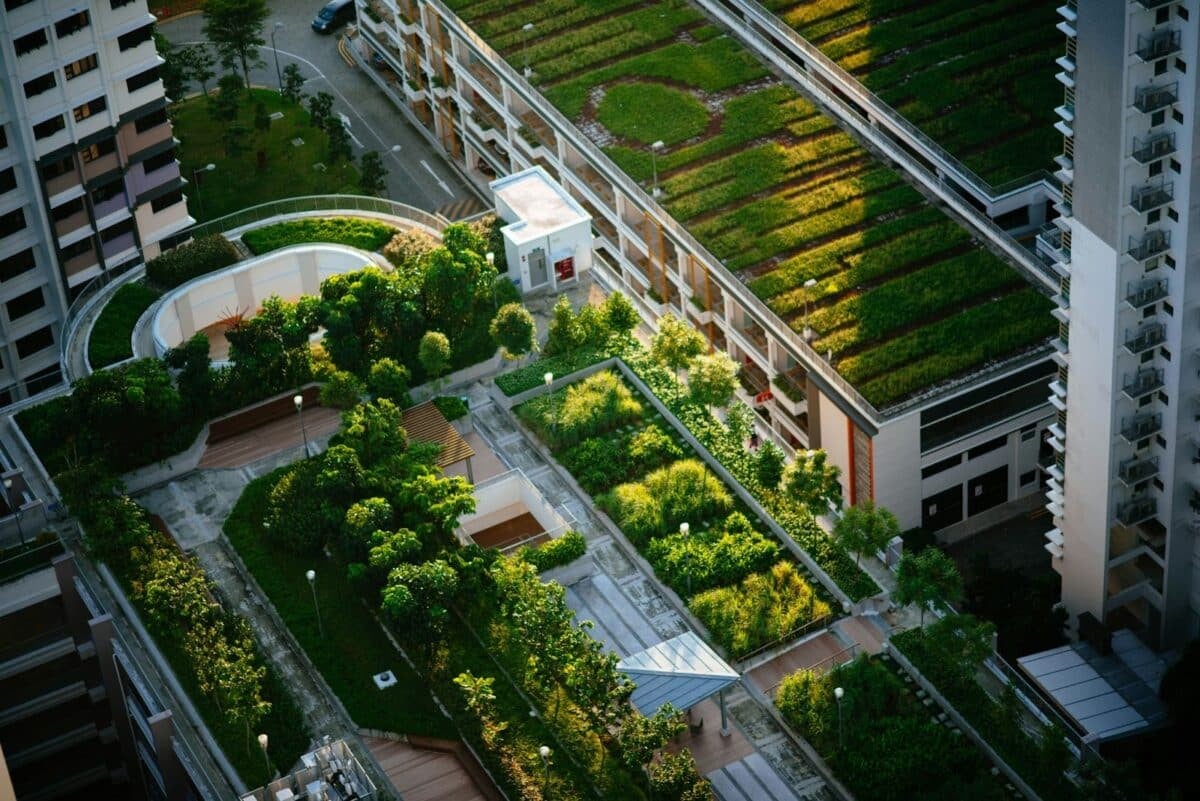
Geothermal Systems
When it comes to green building technologies for residential homes, the Earth’s power is hard to beat. Geothermal systems utilize the Earth’s natural warmth to provide buildings with heating, cooling, and hot water—a process that will cut down your clients’ electricity bills!

Internet of Things & AI Integration
With artificial intelligence (AI) improving and automating everything in our lives, this green building trend is becoming more prevalent. Incorporating the Internet of Things (IoT) and artificial intelligence (AI) into green buildings includes installing smart sensors and automated systems to manage energy consumption and lessen environmental impact. By installing automated home systems, occupants can control several aspects, such as lighting, ventilation, air conditioning or heating, and even security.
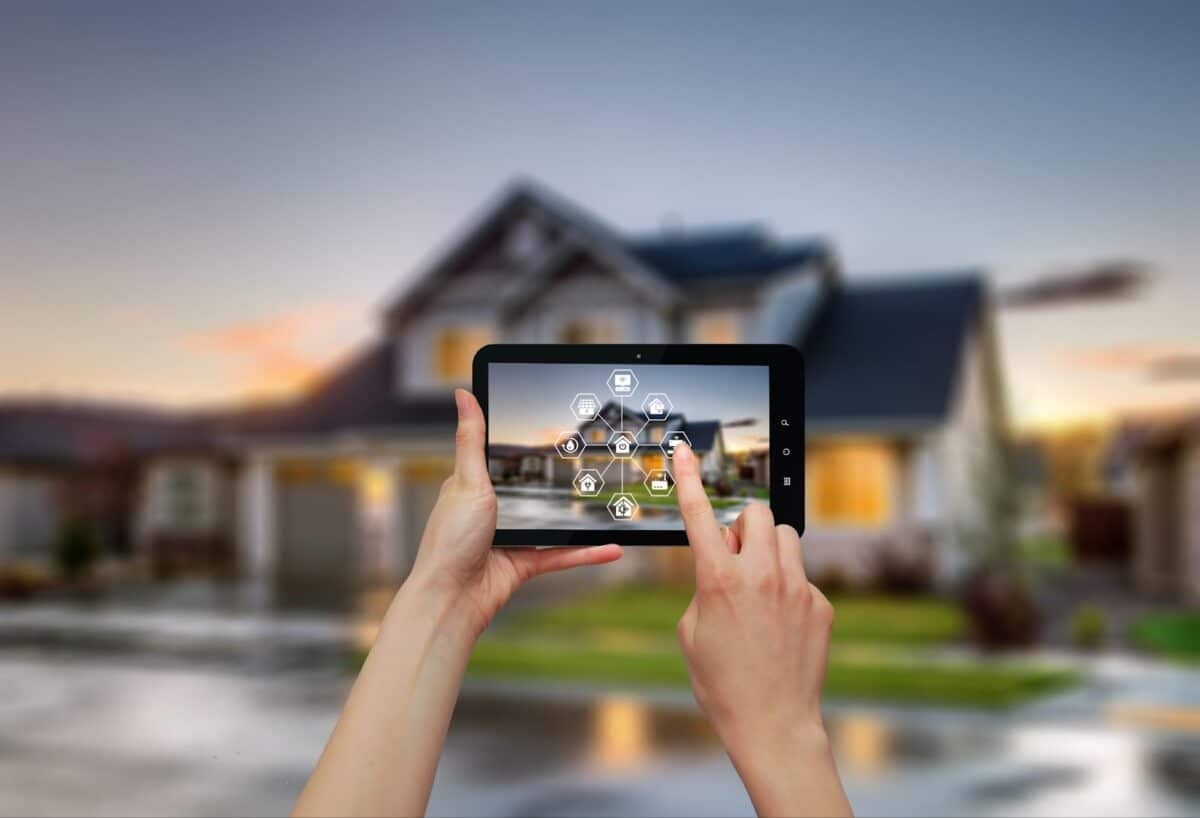
What Are Smart Homes? Real Estate Guide for 2024
2. Energy & Water-efficient House Trends
According to NAR, 63% of Realtors said energy efficiency in listing promotions was very or somewhat valuable. As sustainability continues to be a key consideration for prospective buyers, more homeowners now incorporate energy and water-efficient technologies into their properties.
Energy-efficient Windows & Doors
One of my favorite green building trends is energy-efficient windows and doors. These are similar to traditional windows but with double or triple-glazing and tighter seals to prevent air leakage or heat transfer. Due to their environmental benefits, energy-efficient windows and doors significantly boost real estate listings. They reduce heat transfer, keeping interiors warmer in winter and cooler in summer. This efficiency translates to lower energy costs for homeowners, a key selling point.
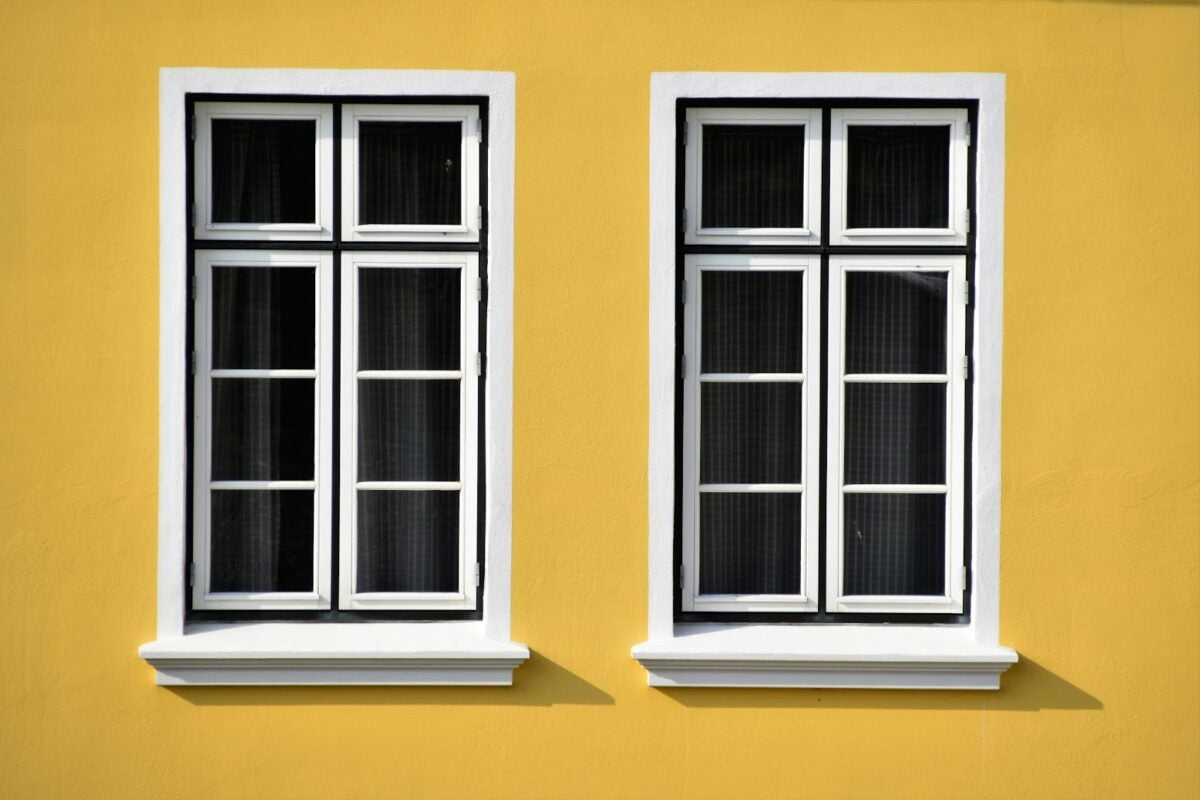
Energy-saving Appliances
Energy-saving appliances are becoming more popular in homes as they consume less energy while maintaining optimal performance. Properties equipped with energy-efficient appliances often qualify for green certifications, which only boosts their market value. If you still haven’t noticed, homes with energy-saving appliances like refrigerators, washing machines, air conditioners, water heaters, and dishwashers usually attract a larger pool of potential buyers.
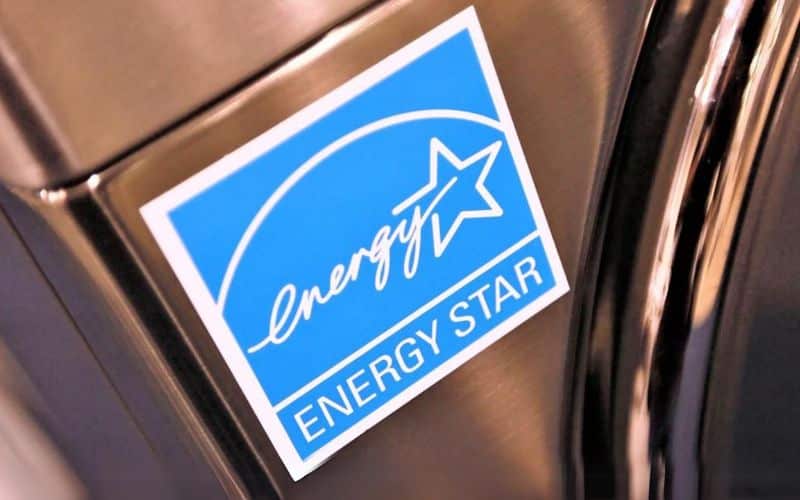
When recommending appliances to clients, prioritize those bearing the ENERGY STAR label, as they are recognized for their energy efficiency and performance. These appliances reduce utility bills, making them a smart choice for eco-conscious homebuyers.
Indoor Air Quality Monitors
Indoor air quality (IAQ) devices installed in home heating and air conditioning systems provide a healthier indoor air environment by eliminating germs, dust particles, mold, odors, mildew, and bacteria that can cause illness. They also reduce home emissions and improve a house’s value by reducing monthly energy/gas costs.
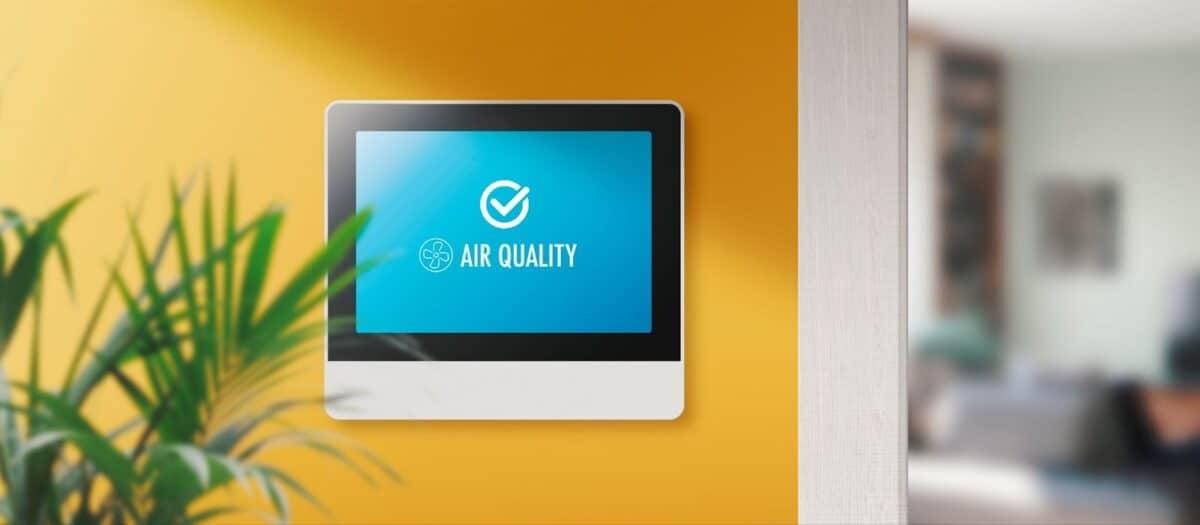
Smart Lighting Systems
These systems aren’t a new trend, but an evolving one. Smart lighting systems are becoming more integrated into smart home setups. They offer adjustable lighting options, energy-saving features, and automation capabilities. Users can control lighting through their mobile devices or voice commands. Smart lighting systems also consume less energy by adjusting lighting levels based on natural lighting conditions and room occupancy. This is really smart, isn’t it?
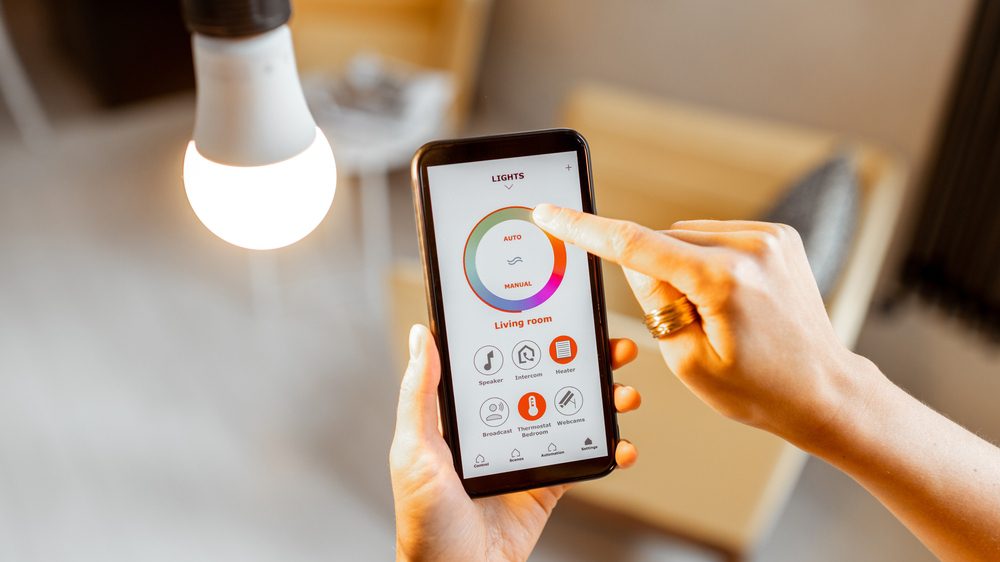
3. Sustainable Materials
This year, I expect to see more properties constructed with sustainable materials, such as eco-friendly paints, recycled glass, aluminum, and natural materials like hemp, bamboo, and wood. These materials are a greener alternative to traditional construction materials, eliminating waste and promoting resource conservation.
Eco-friendly, Non-toxic Paints
Eco-friendly paints for homes improve indoor air quality and complement your clients’ interior design. These paints are crafted from natural ingredients, have reduced pollutant emissions, and contain fewer harmful chemicals, such as volatile organic compounds, which can cause respiratory problems. Some common brands of eco-friendly paints are ECOS Paints, AFM Safecoat, and BioShield.
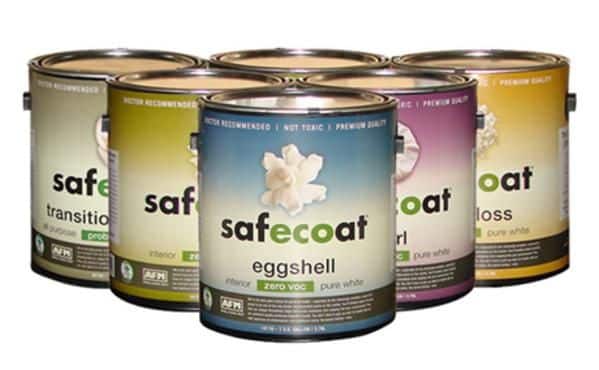
Did you know? Buildings that use eco-friendly and non-toxic paints can earn more points toward Leadership in Energy and Environmental Design (LEED) certification, a recognized standard for green buildings.
Natural & Recycled Materials
Nothing you’ve never seen before, but we see a steady growth in using natural materials in design and construction. Due to their minimal environmental impact, builders increasingly integrate wood, cork, bamboo, hemp, straw, and recycled glass and steel into their designs. Your eco-conscious clients prefer this type of property as it minimizes the release of harmful chemicals commonly found in conventional buildings.
Here’s an example of a sustainable property: The Nature Inn at Bald Eagle, Pennsylvania. This award-winning eco-lodge features amenities made from recycled and natural materials. For instance, its outdoor patio furniture is made from recycled aluminum, and its floor and wall tiles are partially made from recycled glass.
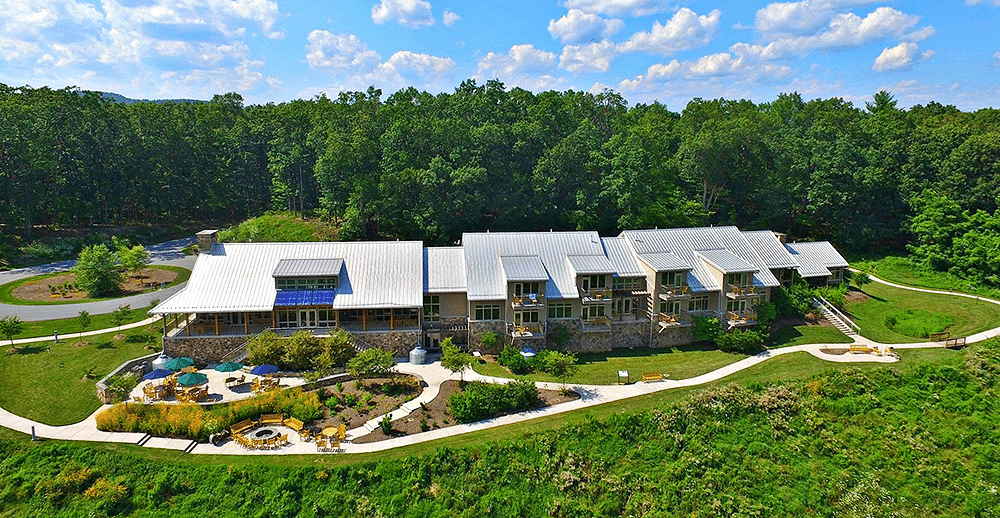
4. Disaster-resilient Design
In response to climate change, architects are designing buildings that adapt to shifting environmental conditions and withstand earthquakes, fires, and floods. Recommending disaster-resistant properties to your clients demonstrates your commitment to sustainability and contributes to building safer communities. Homes designed to withstand disasters tend to have high property values and appeal in the market as they reassure potential buyers and may qualify for insurance incentives.
Earthquake-proof Buildings
As technology progresses, there’s an increasing focus on incorporating earthquake-proof design principles into new construction projects. Buildings are now made to weather earthquakes using reinforced concrete frames, shock absorbers or base isolation systems, and seismic dampers. Some prospective clients prioritize earthquake-proof buildings as they provide safety and peace of mind.
Wondering what earthquake-proof buildings look like? Here are some earthquake-proof buildings around the world:
- U.S. Bank Tower in Los Angeles, California
- Burj Khalifa in Dubai, United Arab Emirates (pictured below)
- Philippine Arena in Bulacan, Philippines
- The Shard in London, United Kingdom
- The Transamerica Pyramid in San Francisco, California
- Tokyo Skytree in Japan
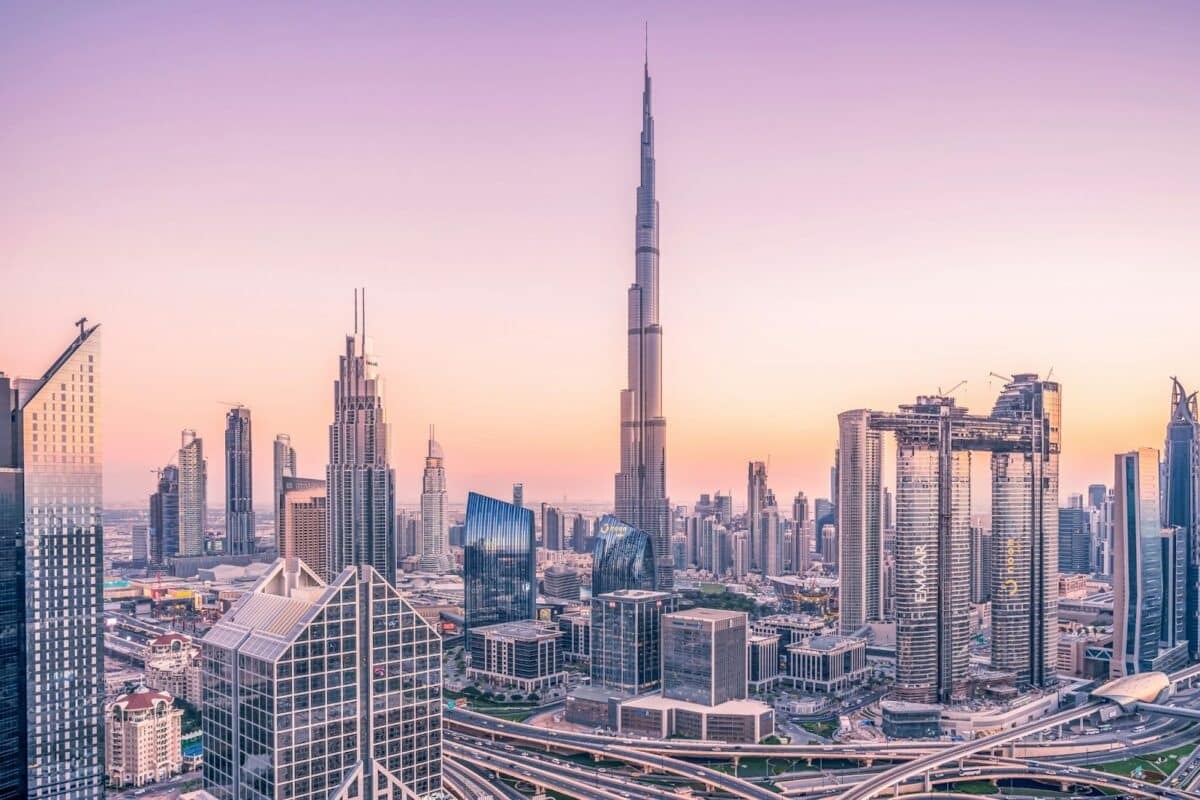
Fire-proof Construction
Another prevalent building trend is constructing fire-resistant properties. These buildings incorporate additional measures such as:
- Fire-resistant cladding or using non-combustible materials such as fiber cement, brick, stone, and metal to cover the external walls
- Compartmentation, or dividing the structure into smaller sections to slow fire spread
- Smart fire alarm systems to detect smoke and alert building occupants
Some homebuyers love fire-proof properties because of their structural integrity. These homes offer safety and protection against fire hazards, giving occupants more time to escape in the event of fire.
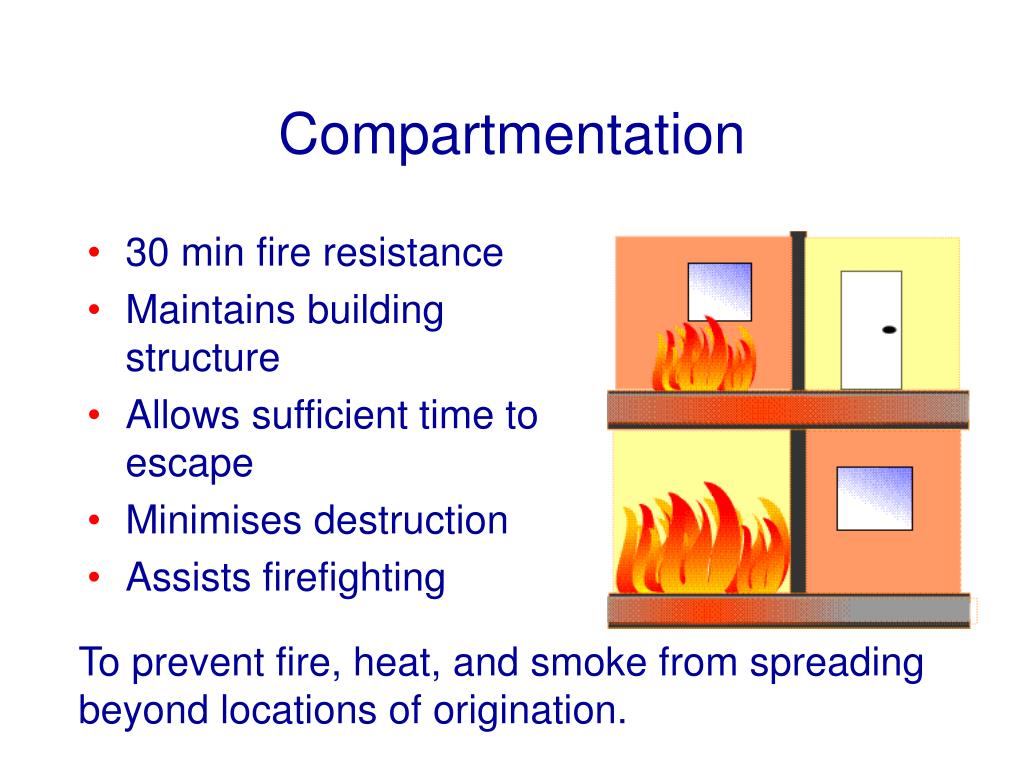
Flood-resistant Architecture
A flood-resistant design is essential to construction today, as floods are the most frequent disasters we encounter each year. Flood-proofing involves:
- Elevating buildings
- Installing smart flood barriers or waterproofing systems
- Using durable and water-resistant materials
- Incorporating effective drainage systems
Purchasing flood-resistant properties is a no-brainer. When you get a flood-resistant property listing, simply highlight features such as its flood barriers, drainage systems, and elevated foundations.
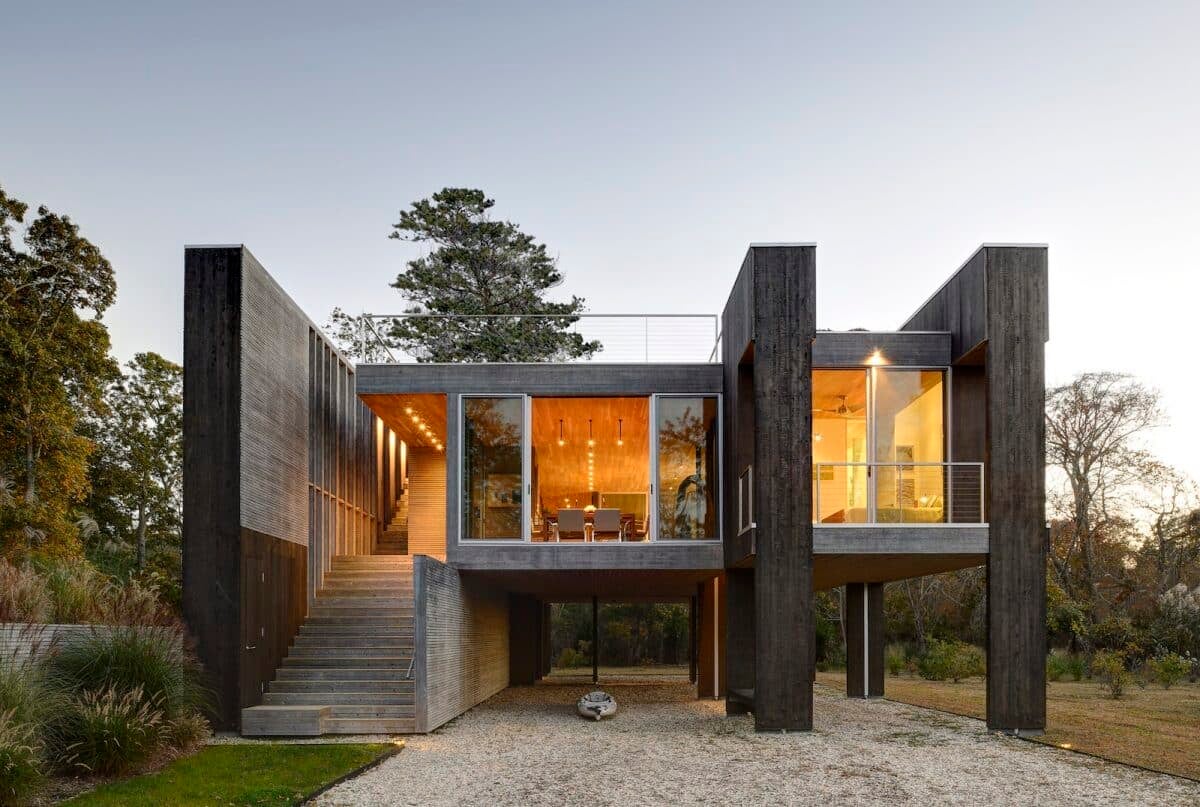
5. Green Building Certifications
With people’s growing concern about the climate crisis, green building certifications have become a notable trend over the past few years. More and more buyers, tenants, investors, and developers are now seeking green-certified buildings to minimize energy costs and reduce their environmental impact. These certifications demonstrate each building’s commitment to sustainability by meeting specific standards.
Some of the most recognized green building certifications include:
- Leadership in Energy and Environmental Design (LEED): Developed by the U.S. Green Building Council, LEED evaluates buildings based on criteria such as water and energy efficiency, indoor environmental quality, and design innovation.
- WELL Building Standard: Designed by the International WELL Building Institute, the WELL Building Standard is a performance-based system for measuring a building’s impact on human health. It assesses factors impacting people’s well-being, including air, water, nourishment, light, fitness, comfort, and mind.
- Building Research Establishment Environmental Assessment Method (BREEAM): A widely used certification program in Europe and other parts of the world, BREEAM focuses on assessing a building’s sustainability performance, adaptability to climate change, and whether its design has low environmental impact.
- Energy Star: This program by the U.S. Environmental Protection Agency recognizes buildings that meet energy efficiency standards.

Do you want to be certified in real estate sustainability as an agent? NAR has a certification program for real estate professionals called the Green Designation. This program educates agents about sustainable building practices and helps them better serve clients interested in eco-friendly properties. To be eligible, you’ll need to complete training courses and learn about green building trends and practices, energy efficiency, and environmental issues in real estate.
FAQs: Green Building Trends
What is the green building trend in construction?
The green building trend focuses on using sustainable practices and materials in design and construction to reduce environmental harm and conserve natural resources.
What are the pros & cons of green building?
While green building has many advantages, including long-term cost savings, energy efficiency, and environmental sustainability, it also has certain downsides. Among these disadvantages are the higher initial costs associated with implementing green technologies and challenges related to their limited availability and accessibility in certain regions. Additionally, green building initiatives may encounter design constraints when balancing sustainability goals, functionality, aesthetics, and cost.
What are some green building innovations?
Green building innovations include various designs, materials, and technologies. Some common examples are smart appliances, stormwater capture systems, geothermal heating, and solar power.
Why are green buildings the future?
As if it wasn’t obvious, more and more home and business owners are demanding green design and materials for their properties. Green buildings are the future because they create healthier, more sustainable, and more resilient environments for present and future generations.
Bringing It All Together
I hope this list has inspired you to embrace sustainability and advocate for greener buildings. While I’ve covered several prominent green building trends, many are still worth exploring. Any building trends I’m missing out on? Any trends you’re looking forward to this year? Have you ever listed or sold a sustainable property? Let me know in the comments!






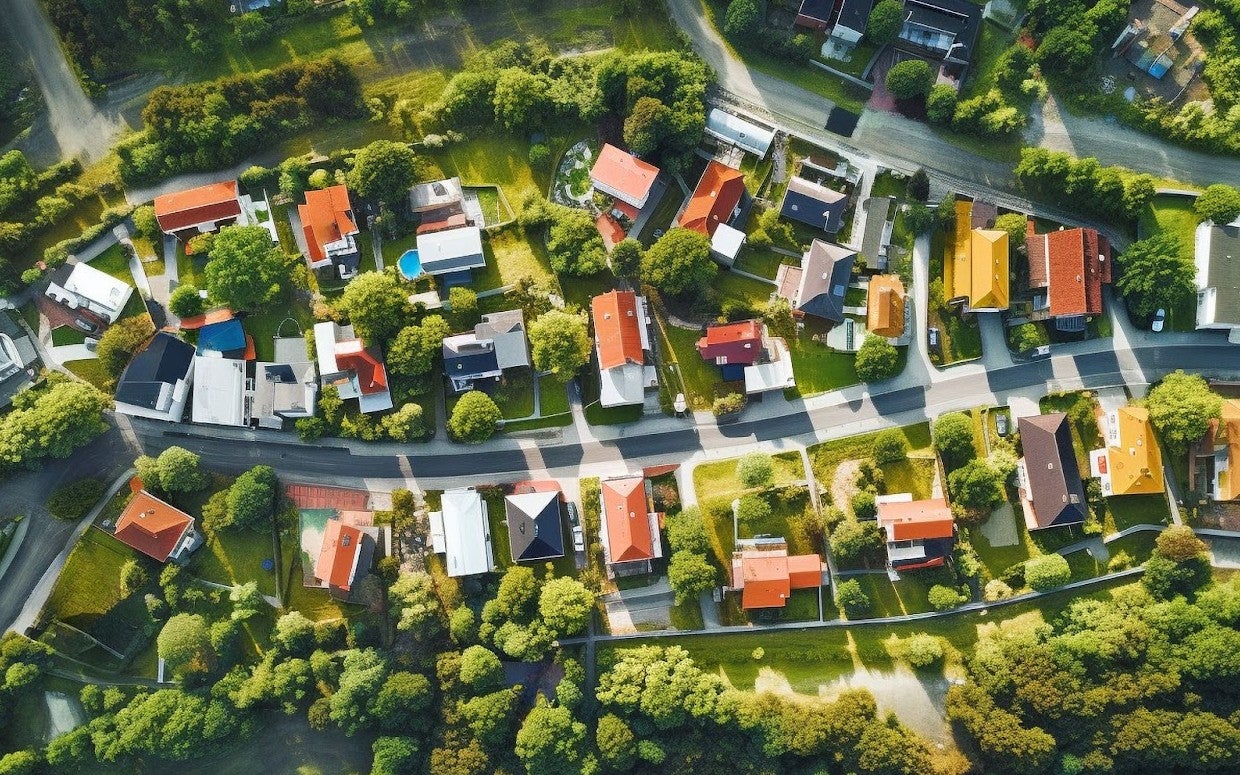



Add comment